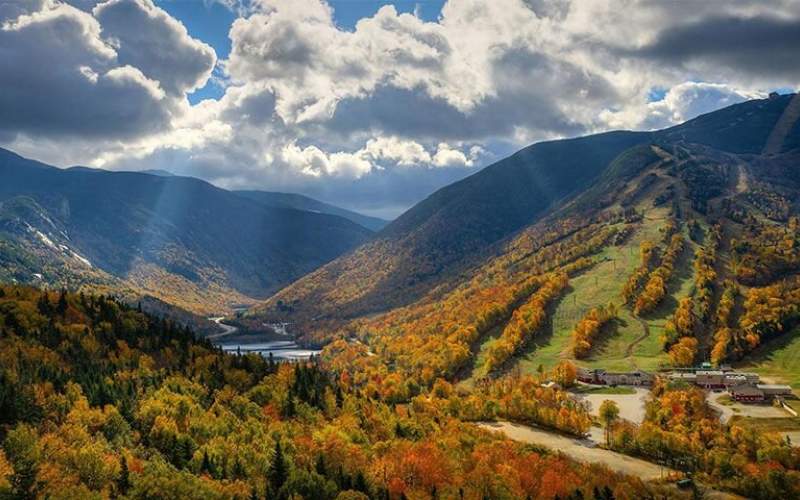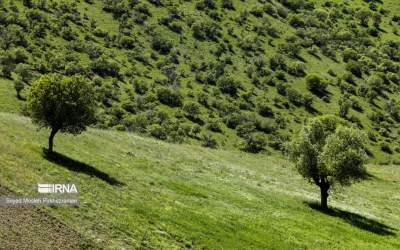The Iran Project
: The registration of ‘Forest and Mountain Day’ on the country's official calendar has been approved.
Saturday 27 January 2024 - 19:44
Story Code : 413500
Source : Tehran Times
‘Forest, Mountain Day’ to be on national calendar
The day falls on December 11, when International Mountain Day is annually observed worldwide.
Raising public awareness and reminding related institutions of their social responsibilities towards conserving forest and the mountain ecosystem; preserving the biodiversity and improving the life of local inhabitants living in forests and mountainous areas are among the main goals for registering the day on the national calendar.
Significance of mountains
Mountains as the water towers provide fresh water for half of humanity. They are home to 1.1 billion mountain dwellers and billions more living downstream.
They cover almost 25 percent of the Earth’s land surface and host about half of the world’s biodiversity hotspots. They are invaluable natural jewels we should protect.
Observing a day as Mountain Day provides a chance to increase awareness about the relevance of mountain ecosystems and call for nature-based solutions, best practices, and investments that build resilience, reduce vulnerability, and increase the ability of mountains to adapt to daily threats and extreme climatic events.
Mountains play an important role in the earth's environment and economic process. The use of mountains for forestry, horticulture, mineral extraction, animal husbandry, tourism, and recreation is of great economic importance.
Their conservation is crucial for achieving sustainable development goals, as well.
They are crucial for climate regulation, water supply, soil maintenance, and conservation. However, the impacts of climate change and unsustainable development pose significant risks to these ecosystems and the people who depend on them.
Mountain biodiversity provides basic ecosystem services such as freshwater, timber, medicinal plants, and recreation for the surrounding lowlands and their increasingly urbanized areas, according to the ‘Mountain Biodiversity and Global Change’ report published by FAO in 2010.
Referring to the rich biodiversity and unique characteristics of mountains in the world, the report calls Iran a great place to see plants you have never seen before; according to which, more than 100 mountain peaks can be found in Iran, some in the Zagros and Alborz mountains which reach altitudes of more than 4000 m.
The Iranian mountains are situated between Anatolia/Caucasus and the Hindu Kush; their flora contains elements from both regions. However, more than 50 percent of these species are endemic to Iran (they occur nowhere else), and some are remarkable relic species, primarily local endemics with a narrow ecological range. These plants need strong conservation and protection management, not only because they are rare but because the ecosystems where they live are fragile, often very restricted, small, and isolated in high-elevation areas.
These plants adapted to the cold are particularly vulnerable to the impacts of climate change, and intensive grazing over large parts of Iran’s mountains is expected to exert additional pressure on them. Many of these plants are potentially endangered and vulnerable species, and their threatened status should be assessed according to the International Union for the Conservation of Nature (IUCN) criteria.
Reporter : Editorial of The Iran Project
# Tags











